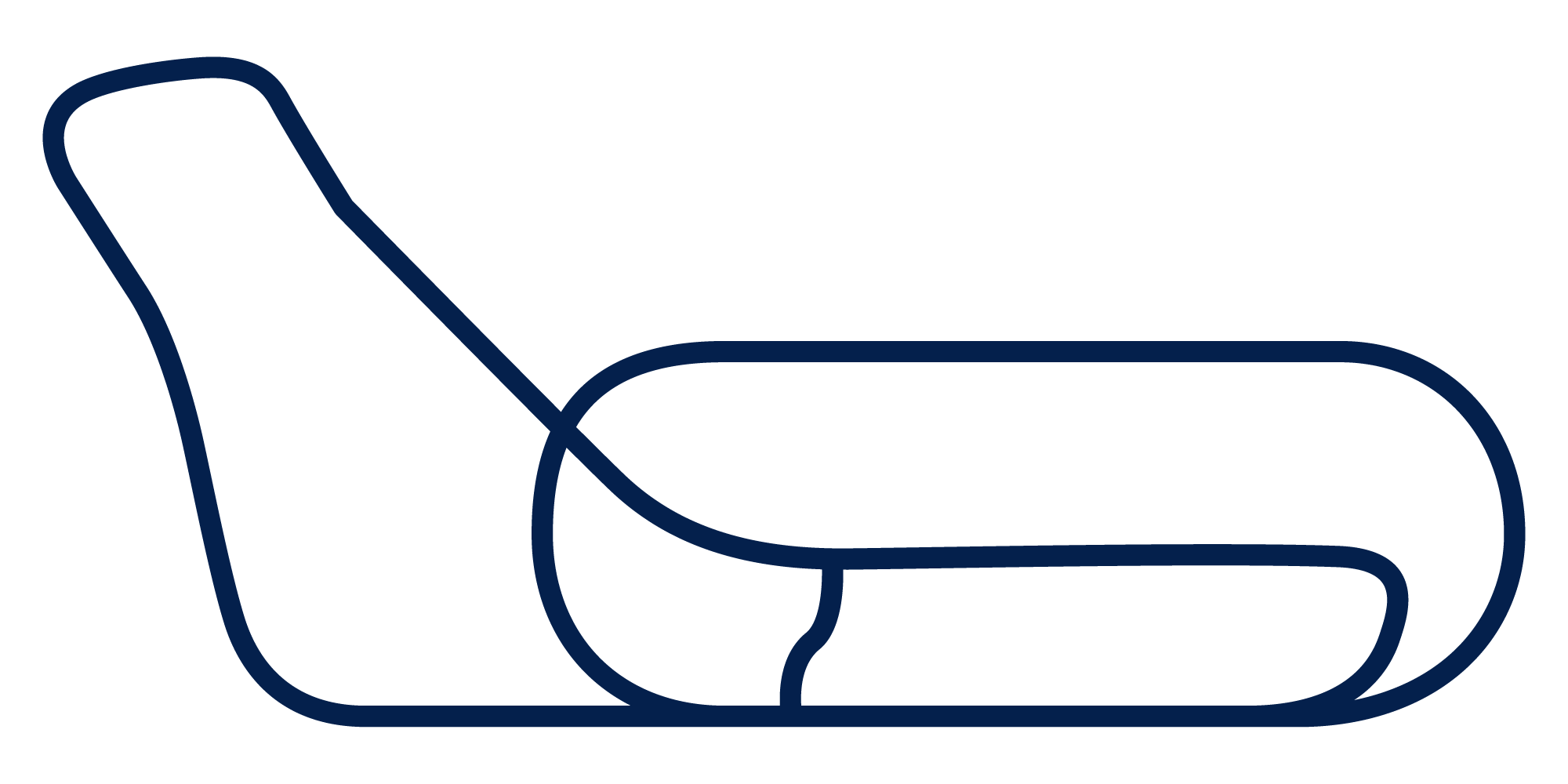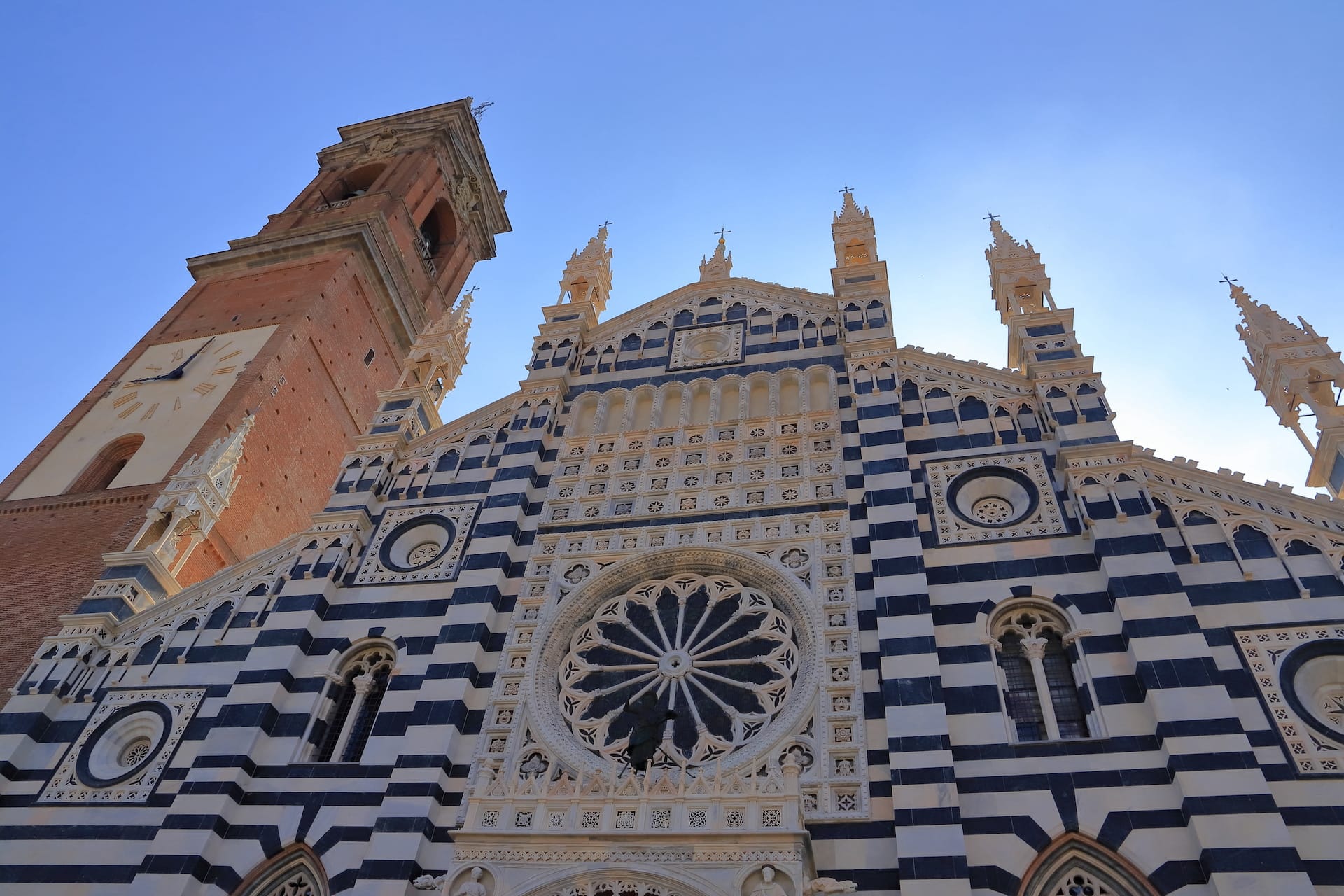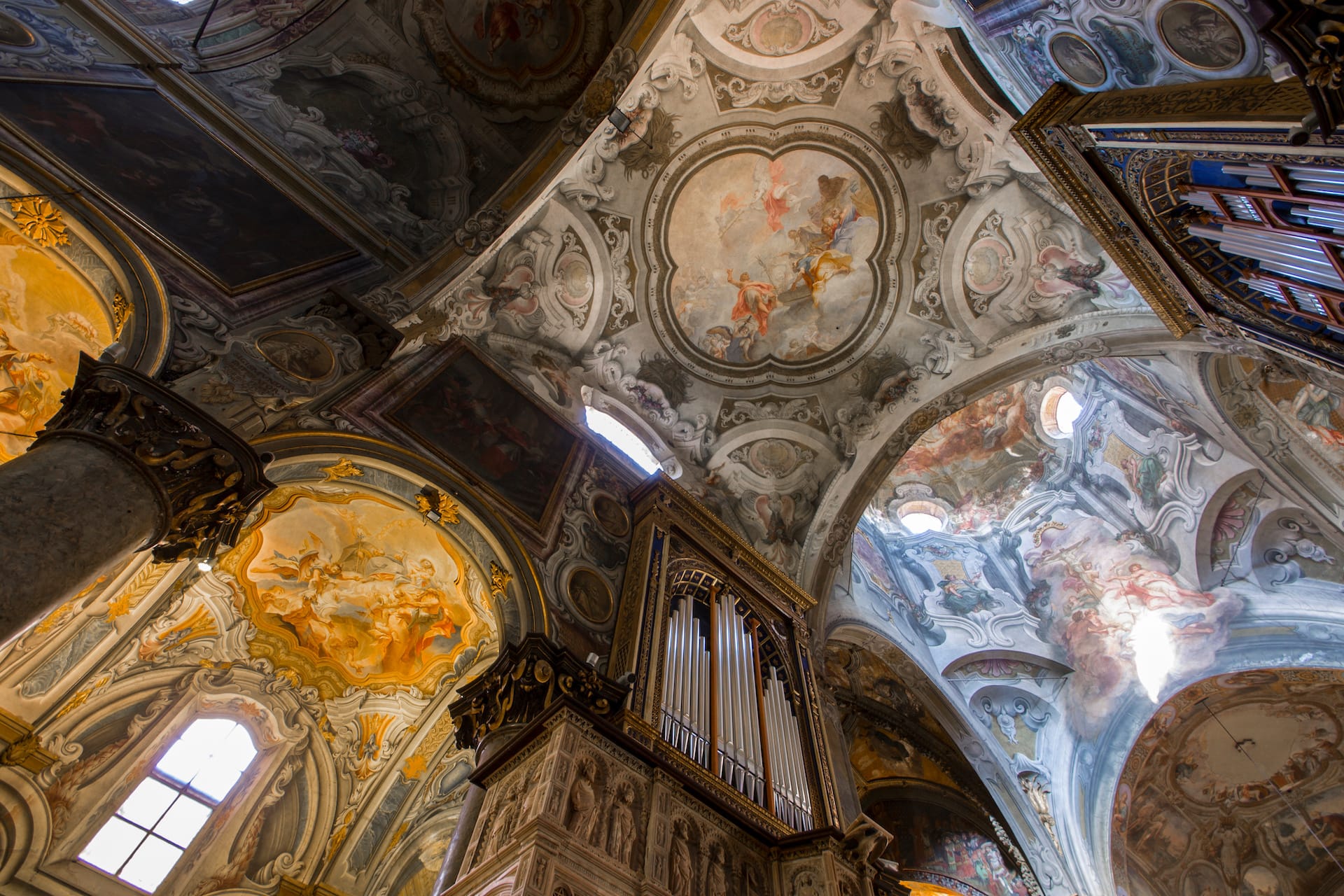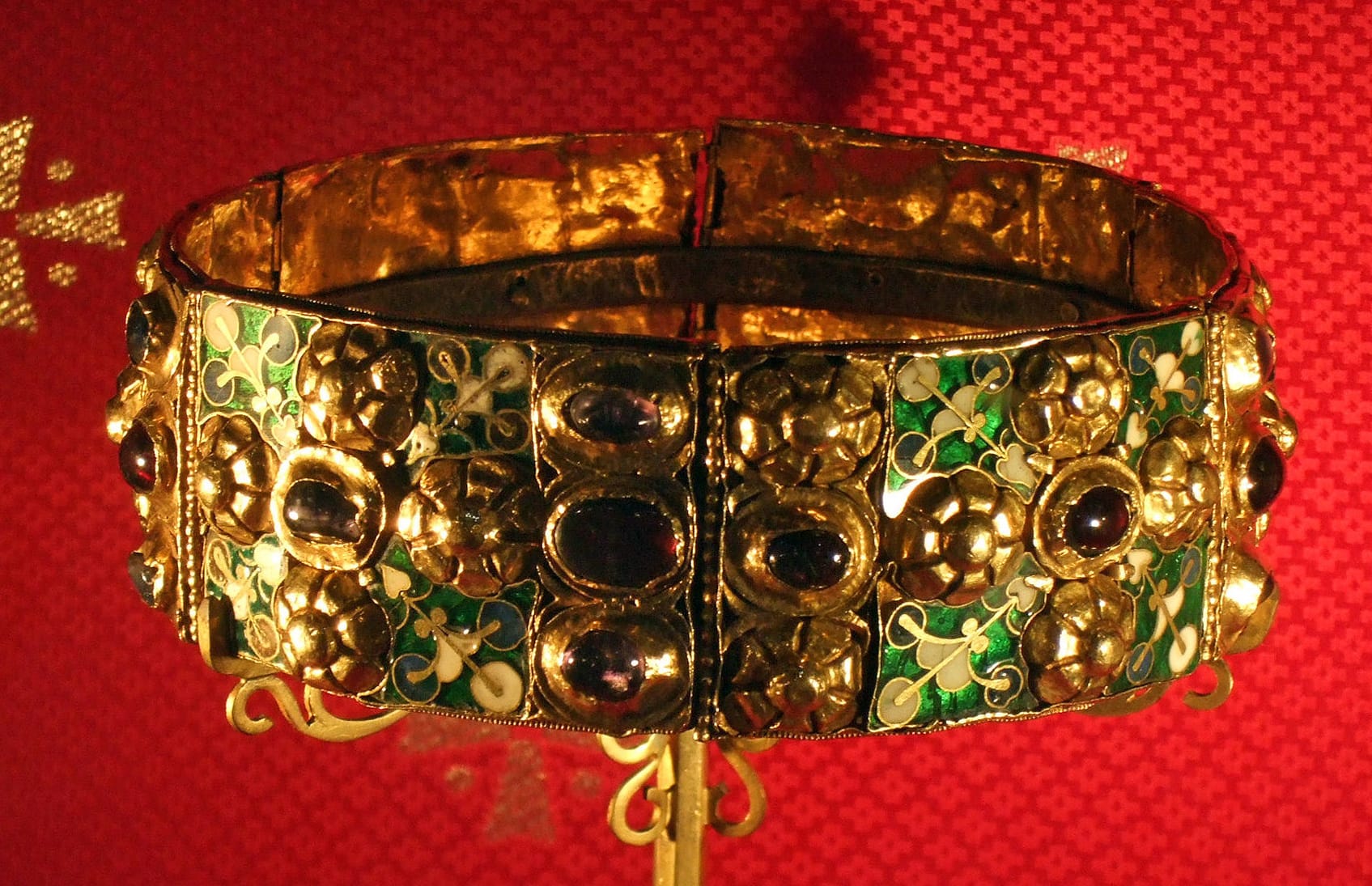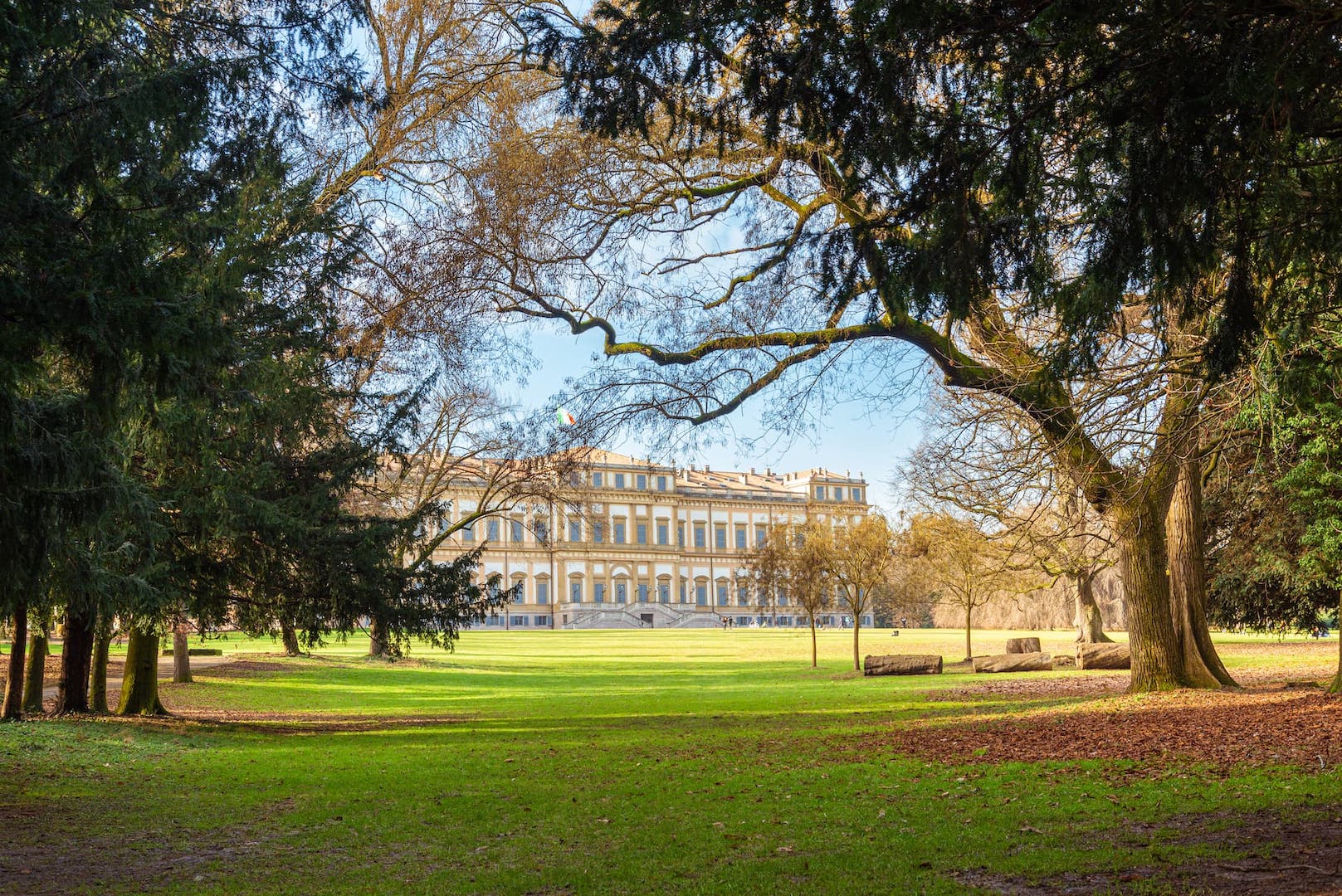Monza Cathedral, a short guide to discovering a treasure chest full of treasures
The Duomo of Monza is the symbol of the city and preserves historical, cultural and artistic beauties of inestimable value. The Cathedral Museum and Treasury tell the story through a rich sequence of relics and precious objects, among which the Iron Crown, kept in the Teodolinda Chapel, stands out. In this short guide, everything you need to know about the Monza Cathedral and some practical information to visit it. The Duomo , located in the heart of the historic center, is undoubtedly at the top of the list of things to see in Monza . Inside there are some of the most important artistic beauties that the city of Brianza can offer to tourists. The Duomo of Monza, in fact, houses a rich museum and hides a real treasure , the most precious piece of which is the iron crown , with which numerous sovereigns were crowned for centuries, including the kings of Italy. In addition, the bell tower that adorns the Basilica, which represents the highest point in all of Monza, deserves a special mention. Visiting the Duomo of Monza , therefore, is really a necessary activity, even if you are in the city only for a weekend. And to prepare for the visit, you can rely on this short and practical guide.
What to do in Monza: 3 tips for an unforgettable weekend
The history of the Monza Cathedral
To understand the importance of the Monza Cathedral, it is a good idea to begin this “journey” to discover it by retracing the main stages of its history . And the historical events concerning the Cathedral, officially called the Minor Basilica of San Giovanni Battista , begin long before its construction. At the end of 500 d. C., in fact, where today the famous religious building stands, there was the Basilica built by the queen of the Lombards Teodolinda , a central figure in the history of the city. Probably, that ancient Basilica was already consecrated to St. John the Baptist. However, practically nothing remains of the original construction , except some building materials and some furnishings, now housed in the Cathedral Museum. In fact, in 1300 , the year of the first Jubilee of Christianity, it was decided to radically overturn the building , rebuilding it from scratch. These were truly impressive works, the first phase of which ended almost half a century later, in 1346. For centuries, however, the Monza Cathedral was the object of embellishments and enrichments, with the addition of works of art and new architectural elements, such as the imposing bell tower (the construction of which began in 1592).
The architecture of the Monza Cathedral
And so, piece by piece, over the centuries, the Monza Cathedral has become the architectural jewel that today is a source of pride for the city. Moreover, the careful restoration that was carried out in 2020 has accentuated its splendor.
The external facade
The external facade of the Monza Cathedral , facing the square of the same name, is perhaps one of the elements that most characterises the building, thanks to its “two-tone” appearance. It is made in the Gothic style , using a skilful alternation of black and white marble . At the center of the facade, another distinctive feature stands out: the rose window by Matteo Campione , the original signature of the entire facade (then restored, at the beginning of the 20th century, by Luca Beltrami). The rose window is framed by a line of perforated panels, with masks, flowers and stars. Below the rose window is the porch, on which stands the statue of St. John the Baptist . Other decorative elements are the mullioned windows with double and triple lights that open in a mirror-like fashion along the two sides and the medallions of the arch, which contain the busts of Queen Teodolinda and her husband Agilulfo.
Interiors
Equally evocative are the interiors of the Monza Cathedral . The structure is the classic Latin cross , consisting of three naves with side chapels . The naves are separated by octagonal section pillars, decorated at the end with capitals representing animals, griffins, sirens and centaurs. In general, the decorations of the Cathedral, with a few exceptions, are all attributable to the Baroque period , while little has been saved from the previous phases. What is most striking about the basilica is the extreme richness of its frescoes , all of which deserve to be admired.
What's in the Duomo of Monza
Beyond its unquestionable overall beauty, however, the Duomo houses some “precious pieces”, true masterpieces of history, art and culture that deserve a special mention. These are, in particular, the frescoes of the Chapel of Theodolinda and the Tree of Life, the Museum and the Treasury, the Iron Crown and the bell tower.
The frescoes of the Teodolinda Chapel
As mentioned, the frescoes are numerous and beautiful. Among all, those signed by the Zavattari stand out, which adorn the Chapel of Teodolinda , which houses the iron crown and the remains of the beloved queen of the Lombards. It is a pictorial cycle that shines with its golds and bright colors . The story that unfolds throughout the various paintings is that of the life of Teodolinda, whose conversion to Christianity was the vehicle for the subsequent conversion of her people.
The tree of Life
The one depicting the Tree of Life is another of the valuable frescoes that decorate the interior of the Monza Cathedral. It is located in the right transept and is the work of Giuseppe Meda and Giuseppe Arcimboldo , who began painting it in 1556.
The Museum and Treasury of the Monza Cathedral
The Museum and Treasury of the Cathedral of Monza is a treasure chest that holds a priceless heritage of works of art and relics. Overall, the assets that make up this heritage make it possible to reconstruct, step by step, the entire history of the Basilica, from 1300 to 1900. Among other things, the Cross and Crown of Theodolinda , the Cross of Agilulf , the Diptych of King David and St. Gregory and the Reliquary of the tooth of St. John the Baptist are part of the Treasury. The Museum is located right under the Cathedral.
The Iron Crown
The jewel in the crown of the Monza Cathedral Treasury, however, is undoubtedly the Iron Crown . It is a prestigious find, because for centuries it has served to crown many kings. The origins of this precious object are unknown; according to the most accredited theories, the Iron Crown can be dated between 450 and 500 AD. Currently, it is kept in the altar of the Chapel of Teodolinda .
The bell tower (or bell tower)
The bell tower of the Monza Cathedral, with its 75 meters of height , represents the “tip” of the city, a fundamental reference for all the inhabitants. In the original structure the presence of the bell tower was not foreseen, which was instead added at the beginning of 1600, on the initiative of the archpriest Camillo Aulario. At the top of the bell tower there are 8 bells, dating back to 1741.
Visiting the Duomo of Monza: practical information
In light of what has been said so far, a visit to the Monza Cathedral is truly an unmissable stop. Here, then, is some practical information to help you organize it better.
Opening time
Monza Cathedral can be visited every day (except Mondays), from 9am to 1pm and from 2pm to 6pm. The Chapel of Teodolinda, however, has slightly different hours, being open to the public from Tuesday to Saturday, from 9 am to 6 pm, and on Sunday, from 2 pm to 6 pm.
Guided tours
The main tourist attractions of the Monza Cathedral can also be visited with the help of a guide. All information on guided tours can be found on Museum website
How to reach the Duomo of Monza and where to park
The Duomo is located in the historic center, within a limited traffic zone. To reach it, therefore, it is necessary to leave your car in one of the paid parking lots adjacent to the historic center. From there you can easily continue on foot.
Visit Monza with the City Passport
Royal Villa of Monza, a neoclassical palace to be discovered
The Royal Villa of Monza, also known as the Royal Palace of Monza, is one of the main monuments of the Lombard city, together with the Cathedral. A jewel of neoclassical architecture, signed by Piermarini, which has nothing to envy to the more noble Regge of Caserta and Versailles. Furthermore, the royal palace is surrounded by the magnificent Monza Park, the largest fenced green area in Europe, capable of housing the Monza National Circuit. There are few people in the world who do not know, at least by reputation, the Royal Palace of Caserta or the Palace of Versailles. Much less known, however, is the Reggia di Monza , also known as the Royal Villa . Yet, the imposing and elegant Brianza palace has nothing to envy to the other two famous royal residences. Indeed, the sumptuous park that surrounds it is the largest in Europe , among those fenced (so much so that it houses the Autodromo Nazionale Monza ). Therefore, if you spend a few days of vacation in Monza , you must necessarily plan a visit to the Royal Villa, which offers a truly unique show. And this article is a good opportunity to get to know it a little better and take note of the essential tourist information.
History and architecture of the Royal Villa of Monza, Piermarini's masterpiece
Let's begin this short virtual journey to discover the Reggia di Monza by scrolling through the fundamental stages of its history. The Royal Villa was built in the second half of the 1700s , more precisely between 1777 and 1780 . The project bears the signature of Giuseppe Piermarini , a famous architect of the time and a leading exponent of neoclassicism . The imposing construction was commissioned by Archduke Ferdinand of Habsburg and his mother Maria Theresa of Austria . The building, in fact, was used as a country residence of the royal dynasty, at least until 1796, the year of the descent into Italy of the armies of Napoleon Bonaparte . At that point, the luxurious residence passed into the hands of the French emperor's stepson, Eugene of Beauharnais . It was, however, only a parenthesis. On the fall of Napoleon, in 1818, the Royal Palace returned to the Austrians. In the second half of the 1800s, the Villa changed owners again. After the annexation of the Lombard Venetian to Piedmont, in fact, the owners became the Savoy family and was particularly loved by King Umberto I , who elected it as his summer residence and subjected it to profound renovations and transformations . The monarch was even buried there, after being killed by Gaetano Bresci. At that point, however, the Villa was linked to a tragic and sad event, which made it fall into disuse. Vittorio Emanuele II , in fact, no longer wanted to reside there and had part of the furnishings transported to the Quirinal palaces in Rome. The royal ownership of the Villa finally ended in 1934, when it was donated to the municipalities of Milan and Monza .
The external aspect
The Villa of Monza has the characteristic U-shape , typical of the royal palaces of the 18th century. The style of the facade is linear and essential and has simple decorations , which give it an elegant but rigorous aspect , without colonnades or gables. The choice was not only dictated by stylistic needs but also by precise political choices of the Austrian court. Italy, in fact, was an occupied territory and the Habsburg emperors did not want to give the impression of flaunting their overbearing wealth to their subjects.
Interiors
The first floor of the Royal Villa is occupied by the reception rooms, the ballrooms and the room used for lunches. The second floor , on the other hand, is dedicated to the bedrooms of gifts and guests. The different halls and rooms (a total of 740 , for a total area of over 22,000 square meters) are decorated with gilded stuccoes, paintings and frescoes. Unfortunately, the tormented final phase of use of the Royal Palace of Monza by the Savoy family meant that the palace is today practically emptied of its original furnishings , which were of absolute value.
The gardens
The Gardens of the Royal Villa of Monza are one of its main attractions. They extend over an area of about 40 hectares and are organized in the English style . The apparent spontaneity of the arrangement and vegetation is instead the result of precise and measured choices by Piermarini. Inside the Gardens, you can appreciate numerous characteristic elements and views, such as the lake , the classical temple , the rock garden and the Cave of Polyphemus .
Also discover the Monza Park, which surrounds the Royal Villa
The Rose Garden
The Rose Garden of the Royal Villa was commissioned by Nino Fumagalli and designed by Vittorio Faglia and Francesco Clerici . It is divided into several sections, depending on the types of roses that are grown. There are over 400 varieties , some of which are grown to be presented at international competitions.
The Belvedere
The Belvedere is the top floor of the Palace , once home to the servants' apartments and therefore characterised by low ceilings and rather spartan rooms. From up there, however, you can enjoy a breathtaking view of the Monza Park .
Il Serrone (or Orangerie)
Originally, the Royal Villa housed numerous greenhouses , as attested by documents of the time. Only one, however, has reached today intact and it is precisely the Orangerie, that is the one destined for citrus fruits . 100 metres long, 6 metres wide and 7 metres high, the structure is equipped with 26 windows that guarantee sunlight throughout the day .
What to do in Monza: 3 tips for a weekend
Short guide to the Royal Palace of Monza: practical information to visit it
Given the many beauties it holds, it is clear that you cannot spend a weekend in Monza or Milan without stopping by the marvelous Villa Reale. What follows, therefore, are some simple suggestions to best organize your visit.
Where is the Villa Reale located?
The Royal Villa is located in the northern part of Monza and is not far from the historic center. For example, on foot, the Royal Palace is just over a quarter of an hour from the Duomo. The exact address of the entrance is Via Brianza 1.
How much does the entrance ticket cost to visit the Palace?
The full ticket to access the Royal Villa of Monza costs 10 euros. There is also a reduced rate of 8 euros for visitors between the ages of 3 and 26, for those over 65 and for holders of the Monza tourist passport . Free admission, on the other hand, is reserved for children under 3 years old, disabled people with a companion, qualified tourist guides, journalists with ID cards and military personnel from the Command for the protection of Cultural Heritage. Access to the Gardens, however, is always free.
When can you visit the Royal Villa of Monza: opening and closing times
The Royal Villa can be visited only on Saturdays and Sundays, opening at 10.30 am and closing at 6.30 pm (last admission at 5.30 pm). The Gardens of the Royal Palace, on the other hand, are open every day from 7:00 to 18:30 in winter and from 7:00 to 20:30 in summer.
How to book the visit
Entrance tickets to the Royal Palace can be purchased directly at the ticket office, which is located on the ground floor. However, it is recommended to book online (at this link ) or by telephone (at 039 394641).
Where to park
The Royal Villa and the Monza Park are served by two paid parking lots (Viale Cavriga and Porta Vedano) and a free parking area.
Where to eat at the Royal Villa of Monza
The Reggia is located in an area of the city of Monza well-stocked with restaurants and places to eat, with solutions to suit all palates and affordable costs.
The next events hosted in the Royal Villa
The Palace often hosts events for adults and children, from art exhibitions to cinema-related initiatives. The complete program of upcoming events is available here .
